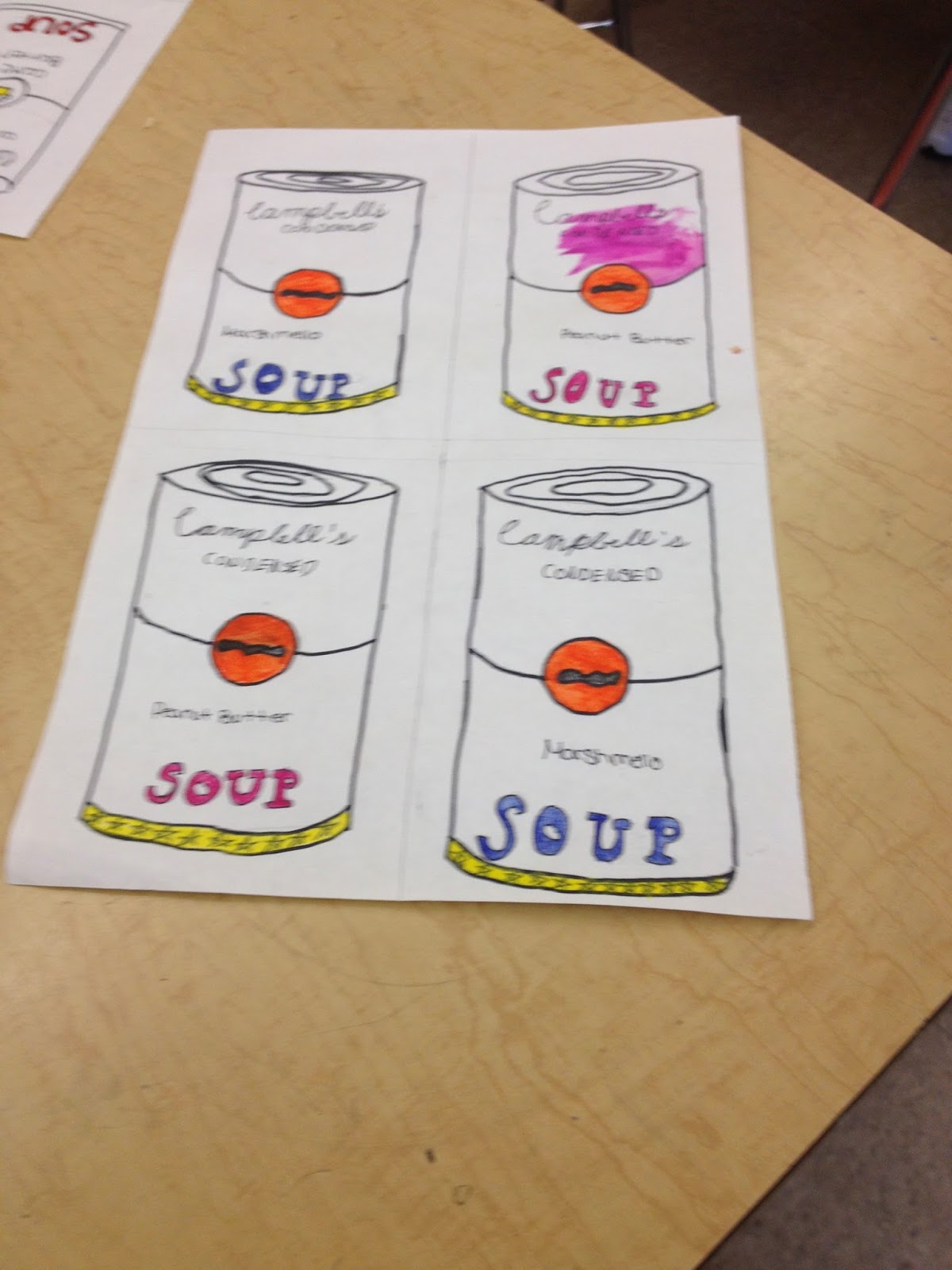Architecture Around the World
Do you want to introduce your students to architecture? Um, yea- what a great idea!
Its a wonderful way to integrate art with other subjects in your school. With architecture your students can learn about history, English, culture, math and they get to draw and paint all at the same time!
I created a year long architecture unit for my year 6th grade advanced art class. Here are some of the architectural icons from around the world we got to learn about.
On our journey around the world we started by learning about the Taj Mahal in India. We explored symmetry, onion domes, minarets and what an axis is. All the while they were reading The Secret Garden in English class. Guess where the first scene takes place in that book? The Taj Mahal!
We used ultra fine Sharpies for all the patterns and mixed watercolors for the background.
Our next stop was in Paris to learn about Notre Dame Cathedral. We learned about the Rose Window and the history of Gothic cathedrals. Rulers and compasses were used to create these. They were required to be symmetrical and were colored with ultra fine and fine point Sharpies.
By the 2nd semester we had moved on to Russia and St. Basil's Cathedral. Here we learned about a building that had onion bold colors, patterns, onion domes but does not have symmetry. We worked with ultra fine sharpies and watercolors.
The next stop on our round the world tour- Greece. We learn about the history of the Parthenon and Greek mythology. Guess what? They were learning about Greek mythology in Social Studies class.
After working with rulers and drawing in the building, the kids could illustrate one of the Greek myths in the pediment of their Parthenon. We used ultra fine Sharpies and colored pencil for these.
Our last stop was New York City. We learned about the American Pop artist James Rizzi. We finished up the year creating collages of NYC in the Rizzi style. We used colored paper scraps, old magazines and old wall paper for these collages.
What do you think of our around the world adventure in architecture? Do you think there is another architectural gem we could have learned about? Let me know.


































